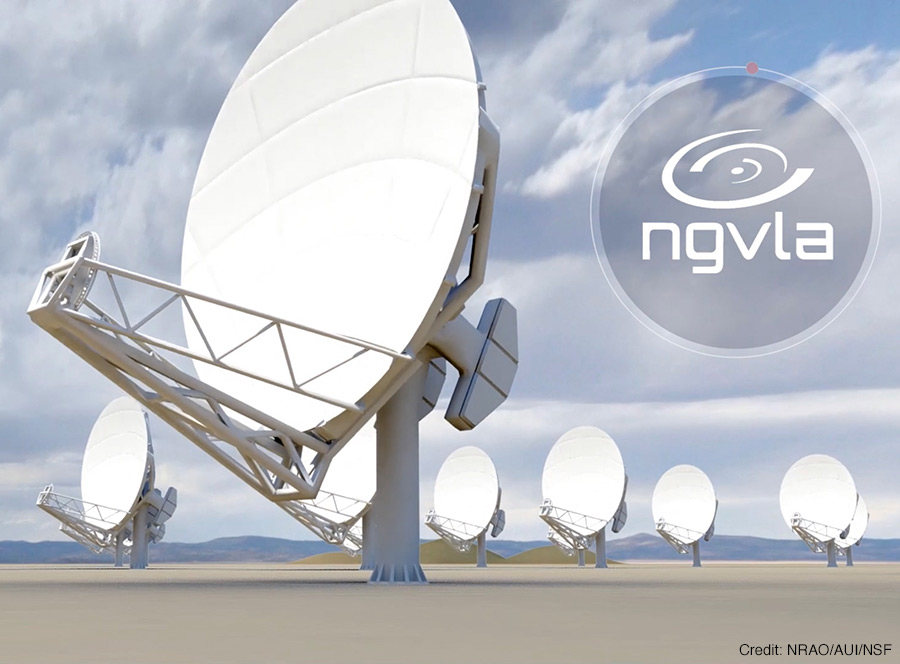About NAOJ ALMA Project
The Atacama Large Millimeter/submillimeter Array (ALMA) is a giant radio telescope which was constructed in Chile in cooperation with the Republic of Chile, through global partnership of East Asia (led by Japan), North America, and the member states of the European Organisation for Astronomical Research in the Southern Hemisphere (ESO). ALMA is an array of 66 antennas (composed of 12-m and 7-m antennas in diameter) designed to observe astronomical objects at millimeter/submillimeter wavelength, which is at the shortest wavelength range in the radio wave spectrum.
The East Asian ALMA Support Center (EA-ASC) serves as the interface of the East Asian ALMA project in the international cooperation framework. The EA-ASC encompasses a wide range of activities including engineering, development, computing, scientific observation support, research promotion, and Education and Public Outreach.
The NAOJ ALMA Project, an internal unit of NAOJ, is responsible for not only operating and managing the EA-ASC, but also coordinating activities in Chile, formulating future plans, making budget requests, etc. The NAOJ ALMA Project is located in the Mitaka campus (Mitaka, Tokyo) where the NAOJ headquarters resides. Currently, about 90 staff members are engaged in research activities and administrative support for the NAOJ ALMA Project mainly at the ALMA Building in Mitaka.
Observed Image

High-resolution images of dust disks around 20 young stars captured by ALMA. It is assumed that dust accumulates gradually in the disk and grows into larger rocks and eventually into planets. Researchers are studying various forms of disks, such as concentric ring or spiral structures, to reveal how the different structures of disks relate to the formation/evolution process of planets.
Credit: ALMA (ESO/NAOJ/NRAO), S. Andrews et al.; NRAO/AUI/NSF, S. Dagnello
Telescopes

ALMA
Combining 66 parabolic antennas, ALMA can capture radio waves in overwhelming high-resolution equivalent to 240000/20 vision.
ngVLA Study Group

The ngVLA (next generation Very Large Array) Project is a next-generation radio telescope project that aims to realize a radio telescope with a maximum aperture of 8860 km by dispersing more than 200 antennas across North America. Through high-sensitivity, high-angular-resolution observations of comparatively long radio waves in the millimeter wave to centimeter wave bands, it will explore hitherto unseen mysteries of the Universe. Construction of the telescope is scheduled to begin in the early 2030s, and full-scale operation in the 2040s. The project is led by the United States with the cooperation of the global astronomy community.